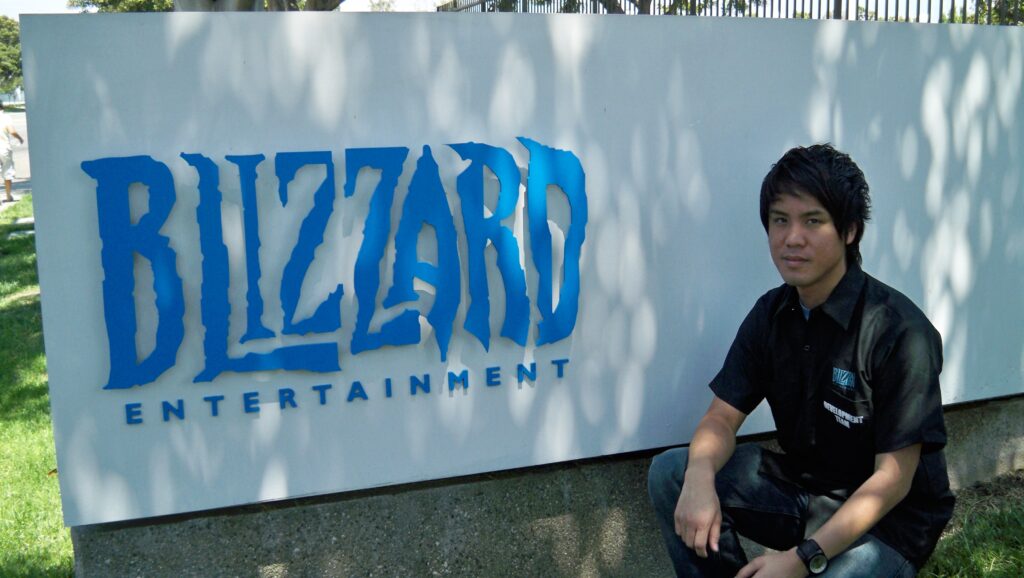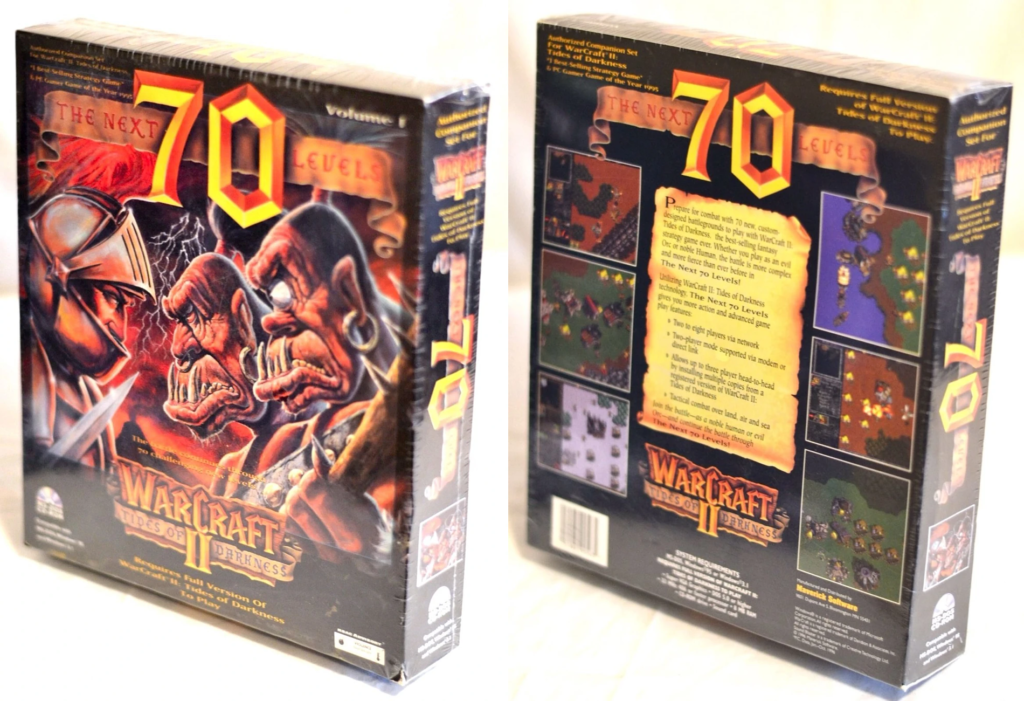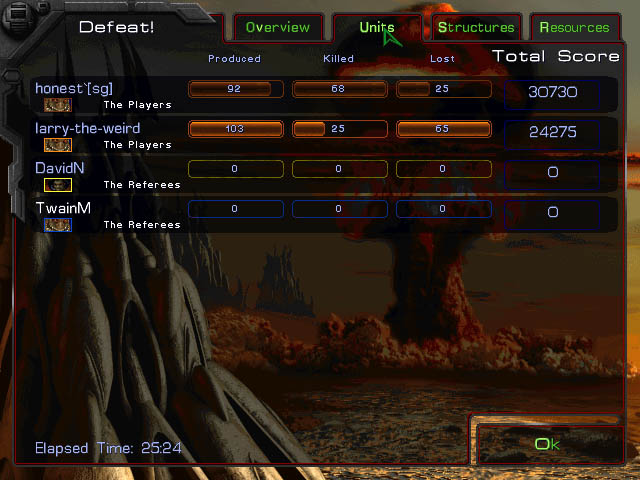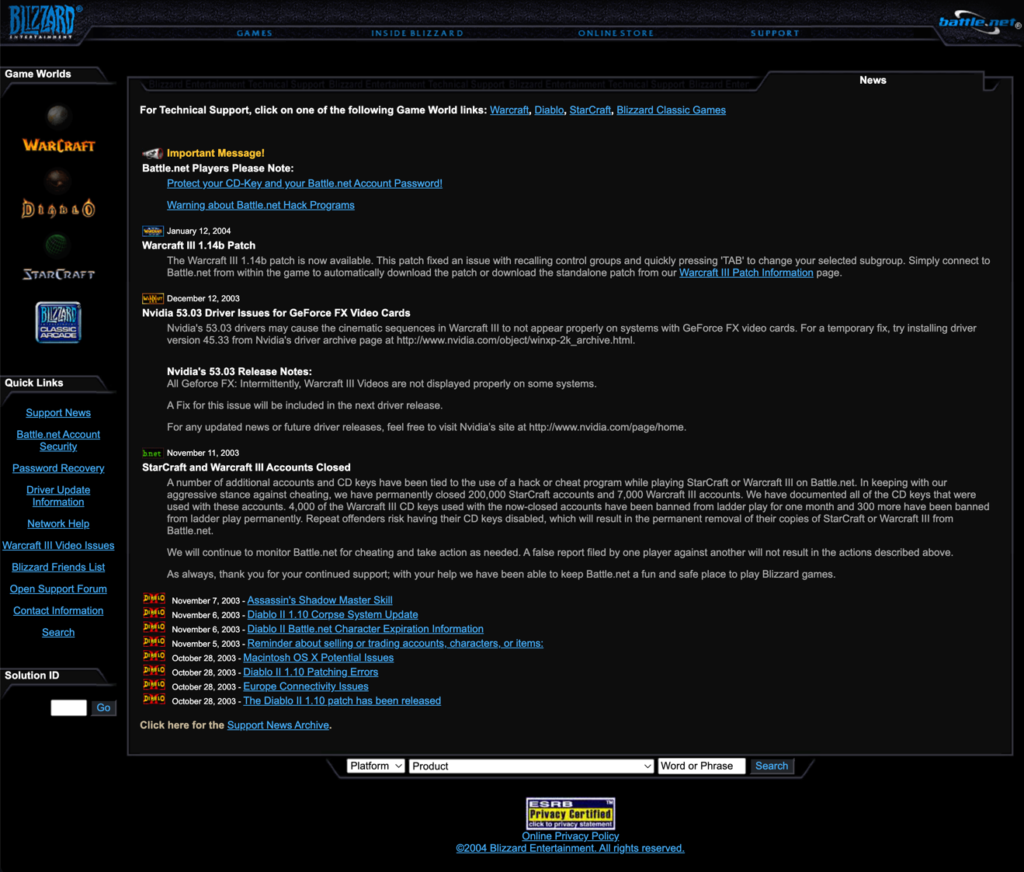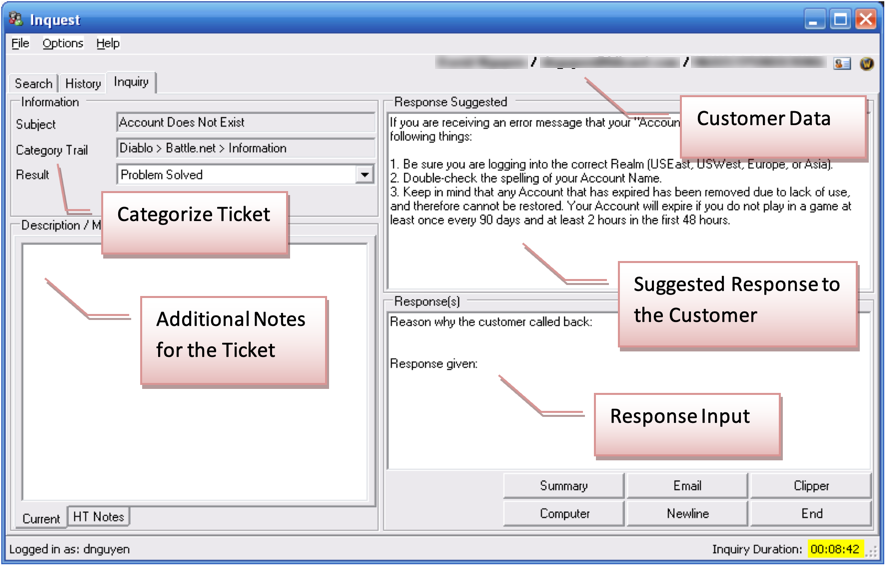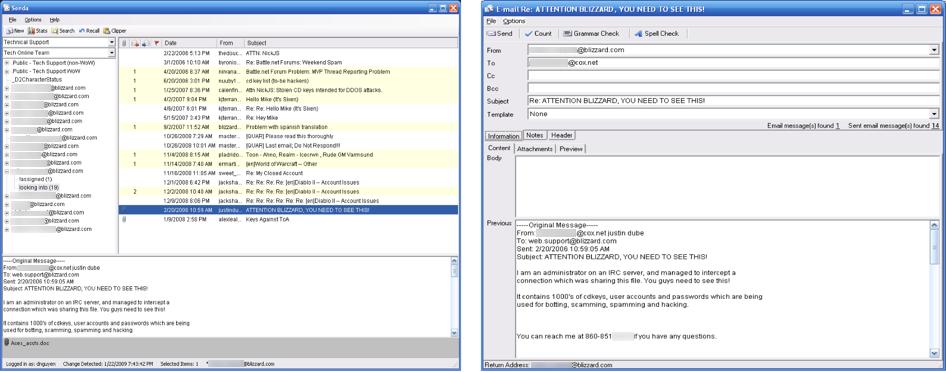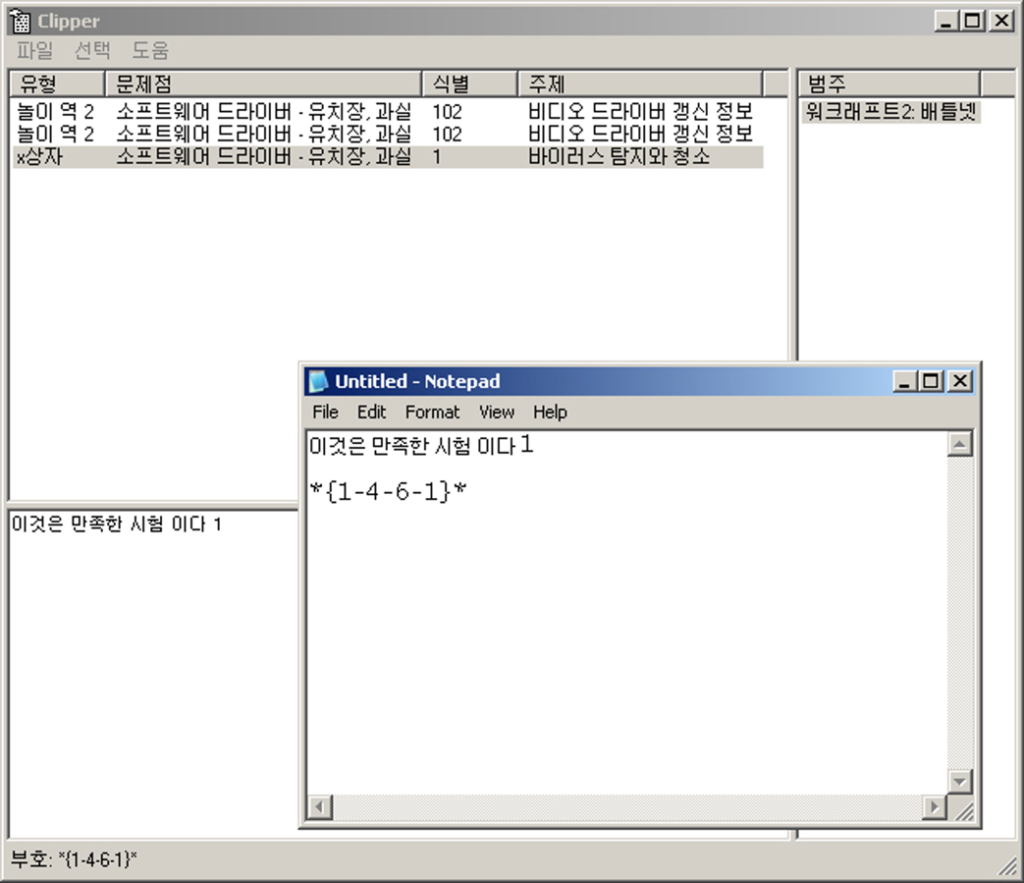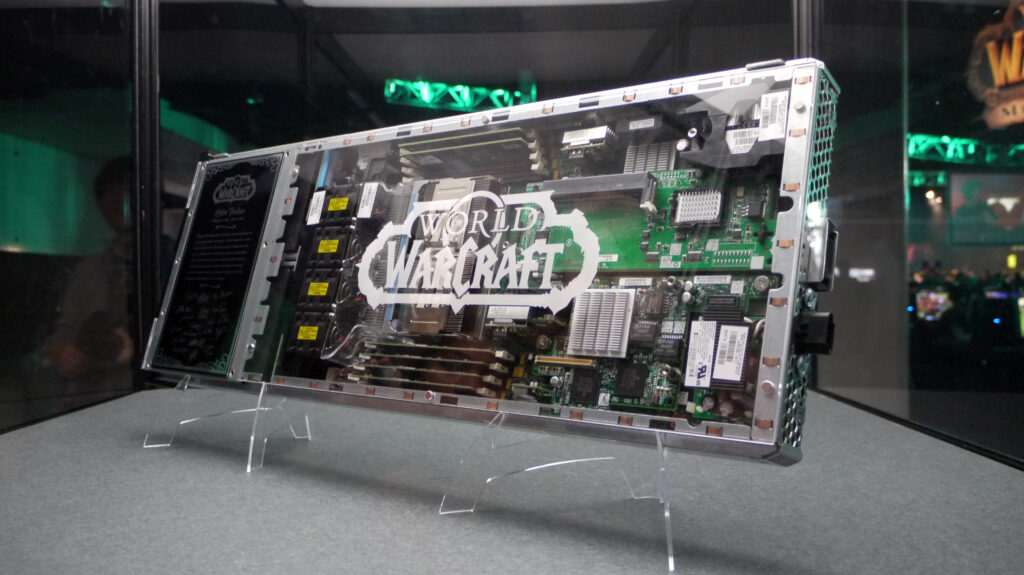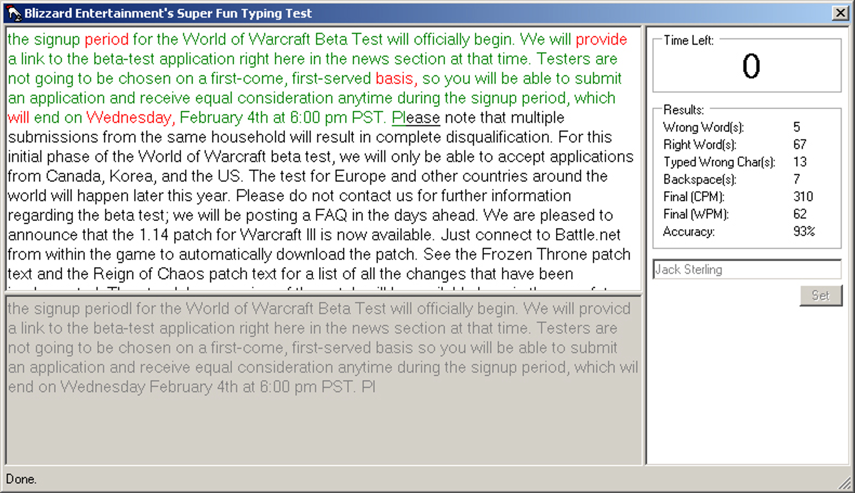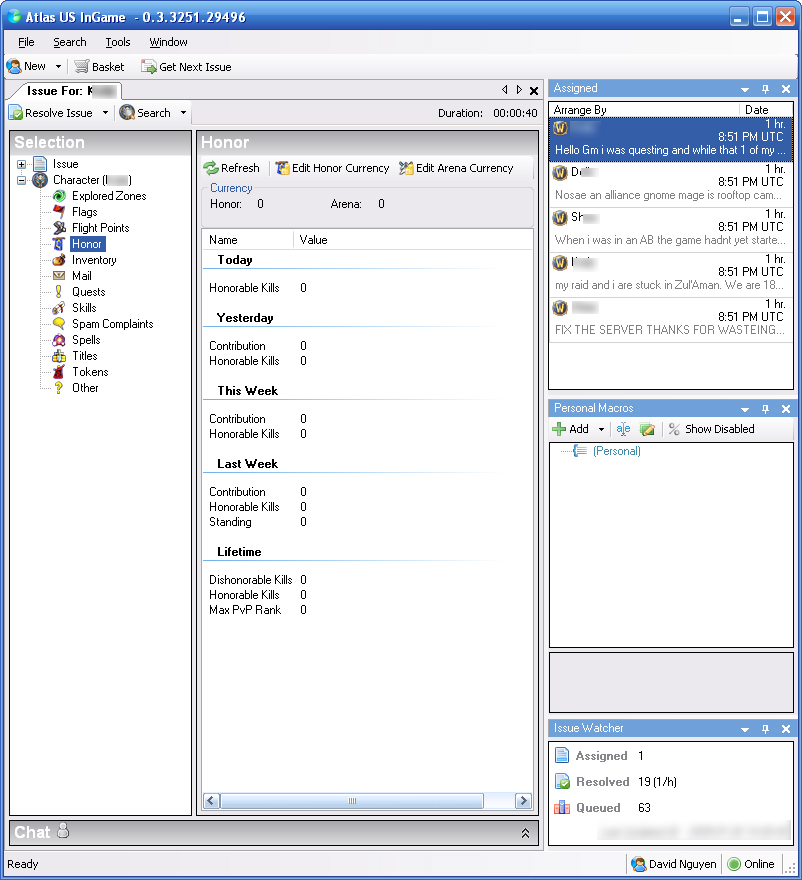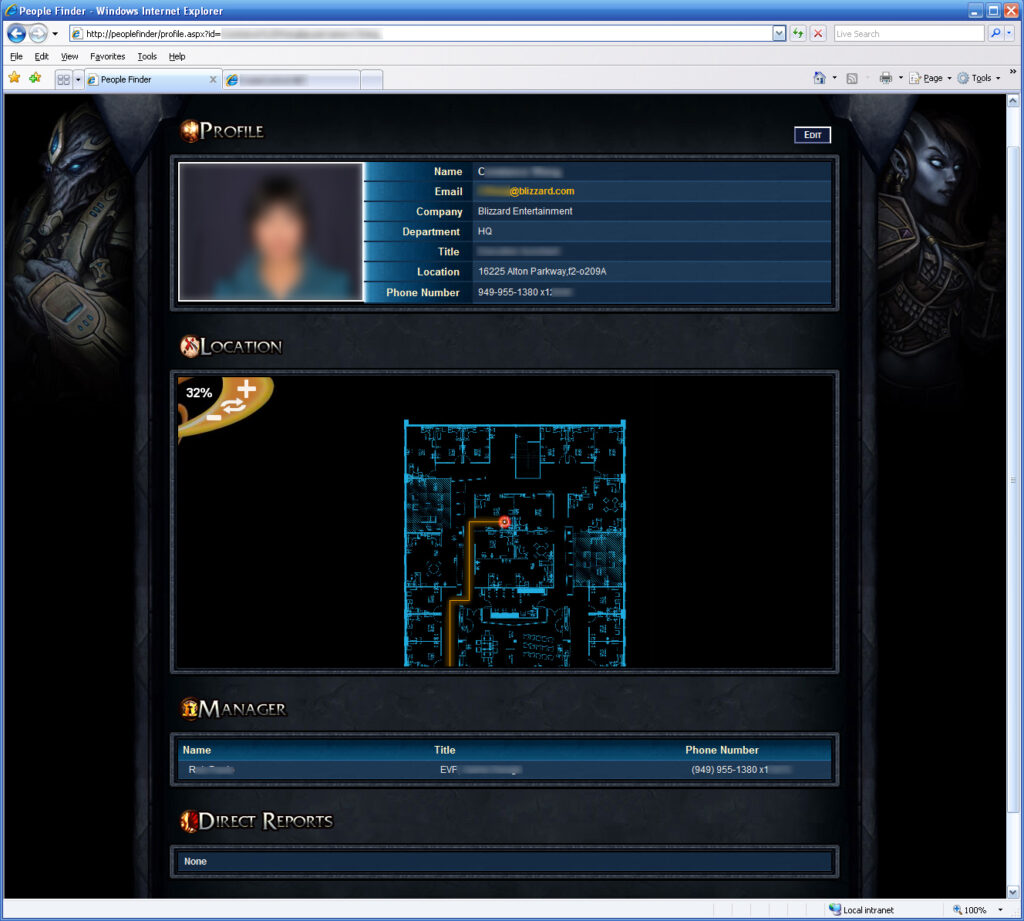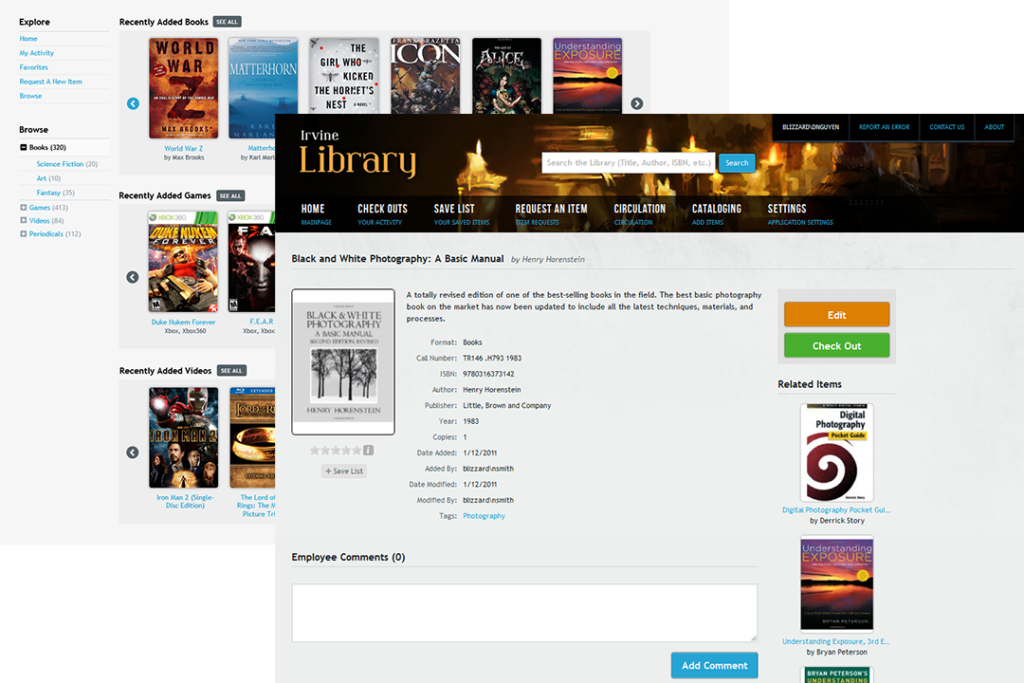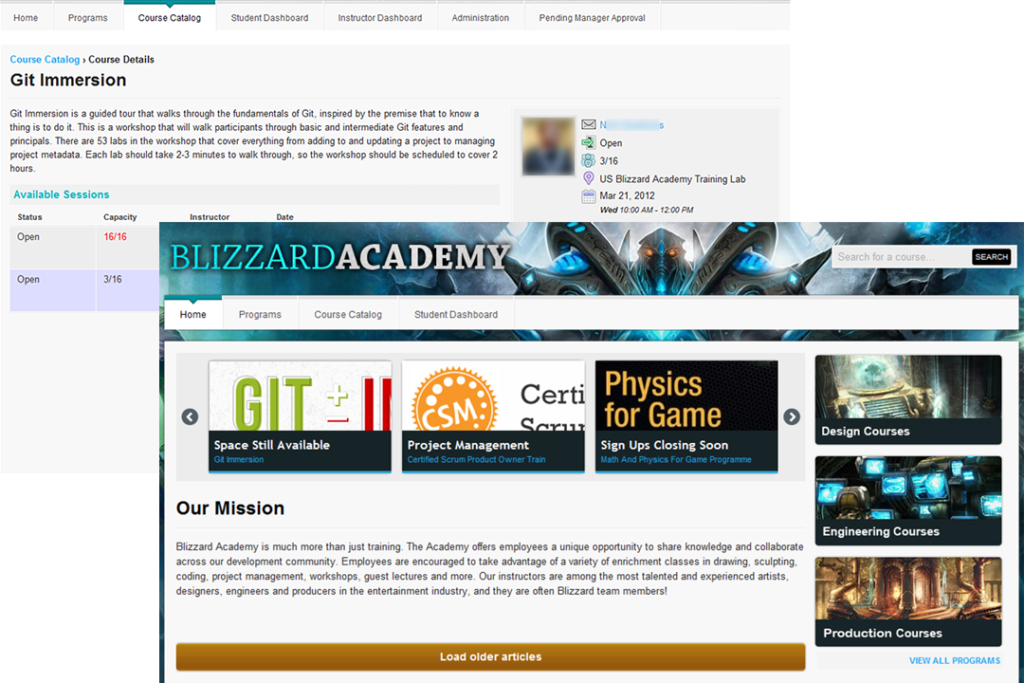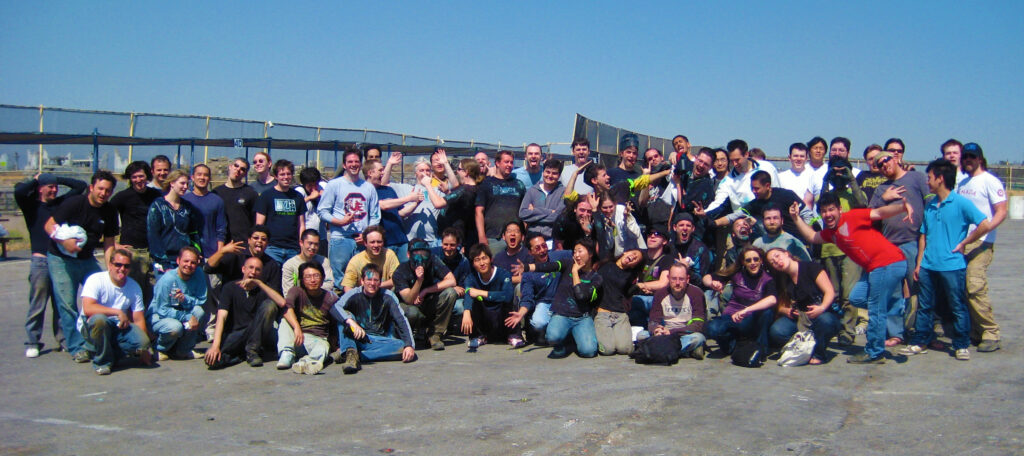July 1998 – April 2012
I began my career at Blizzard Entertainment, focusing on Customer Experience. Alongside providing solutions for customers needing assistance with our video games, I managed the support website content, optimized workflows, and developed various desktop and web applications. As I obtained a B.S. in Computer Information Systems (CIS), I transitioned into a new role, making me the first non-game Software Engineer. Several years later, I stepped into one of the first User Experience Designer roles at Blizzard Entertainment! I solved strategic issues and developed impactful solutions (e.g., CRM, LMS, Support Site), leading to substantial financial savings by opting out of 3rd party platforms and services. Additionally, I was instrumental in implementing initiatives that enhanced team performance and growth.
Outlined below are the significant contributions and achievements I made during my tenure at Blizzard Entertainment:
